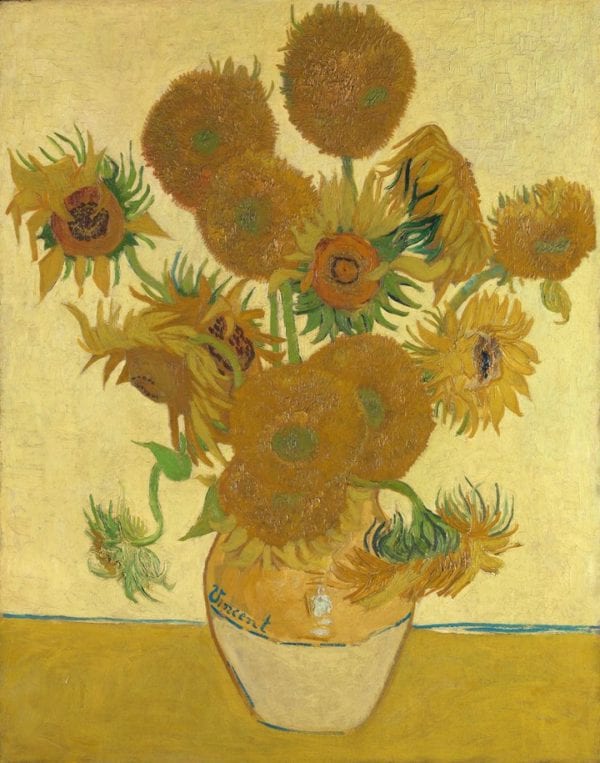Art inspiring art: why writers are drawn to art, and artists to literature
Art inspiring art: why writers are drawn to art, and artists to literature
Art inspiring art: why writers are drawn to art, and artists to literature
-
Hannah
-
Hannah

Here is my idea of a heavenly afternoon: spending time at an art gallery. I walk about and take in the body of works. I read the information presented beside each work, eager to learn about the artist’s background and process. Quite often, I sit on a bench and just gaze, and let my imagination roam.
For me, art is a rich source of inspiration. Though I am no painter or sculptor myself, when I spend time with art, my muse awakens and implores me to write.
Recently, I visited the Tate Britain gallery in London, to see The Ey Exhibition on Van Gogh and Britain. Van Gogh lived in England between 1873 and 1876, and this exhibition examines how his time there inspired his artworks – ‘How I love London,’ he wrote in 1875. On display at the gallery are more than 50 works from Van Gogh’s massive collection. This is one of my favourites:

Starry Night over the Rhone reminds me of a line from ‘On My Own’ in the musical Les Misérables: ‘All the lights are misty in the river’.
The biggest draw at this exhibition, though, is Van Gogh’s famous Sunflowers, which he painted to decorate his home in Arles, France. I spent a long time absorbed in this work, and afterward, I found I missed my French home.

Van Gogh was, of course, a very influential artist, and he painted more than 800 oil paintings in his lifetime. I am fascinated by what inspired him – and a recent article in The Economist shed some light on this.
The Dutch artist, we are told, was a voracious reader. Van Gogh wrote: ‘I have a more or less irresistible passion for books and the constant need to improve my mind, to study if you like, just as I have a need to eat bread.’ He read Longfellow, Goethe, Keats, George Eliot, Christina Rossetti, William Shakespeare, Hans Christian Andersen, Thomas a Kempis, Tolstoy, Zola, Dostoevsky, Maupassant, Balzac and Voltaire.
Van Gogh was especially fond of Charles Dickens, whose books he read over and over again. He wrote: ‘I often felt low in England … but the Black and White and Dickens, are things that make up for it all’ (the Black and White refers to prints he collected in England). The realism in Dickens’ works struck a chord with Van Gogh. ‘My whole life,’ he wrote, ‘is aimed at making the things from everyday life that Dickens describes.’
For Van Gogh, literature proved deeply inspiring. He wrote to his brother: ‘reading books is like looking at paintings … one must find beautiful that which is beautiful.’ This, I think, is the foundation for all creatives. Whether it is a work of architecture, a ballet, a symphony, a poem or a painting, the beauty that we see makes us wish to create beauty ourselves, in our own way.
Art inspires art. Art creates art.
In this way, the future is always bright for the artistic soul, for there is so much beauty to be found, so long as we continue to seek it, as Van Gogh did: ‘I am seeking, I am striving, I am in it with all my heart,’ he said.